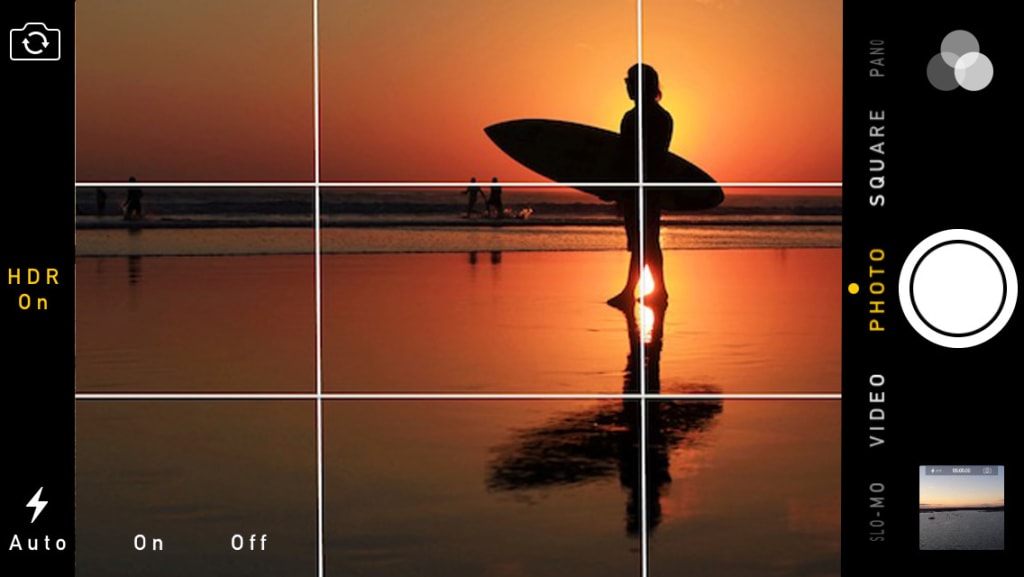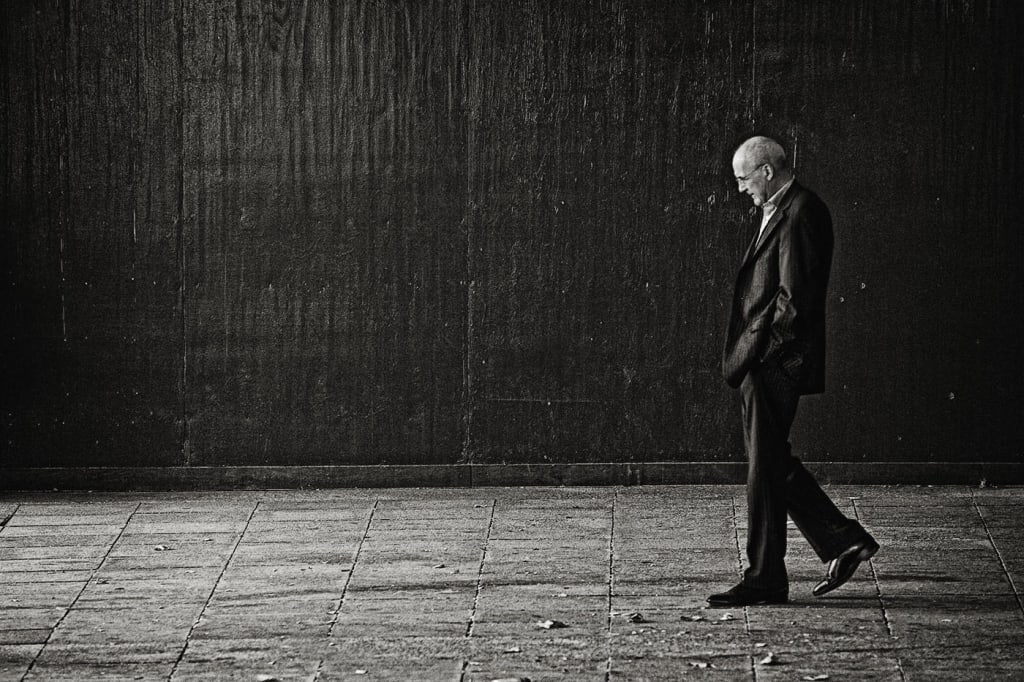With the best of technology in the palm of our hands, taking pictures on the go has become a growing trend. Now you don’t need a DSLR to take great shots, you can get the best quality pictures from a good smartphone camera too. Long time ago, to take a picture you had to go to a studio in the city and sit in front of painted backgrounds. Now you can do that in your own backyard with a good smartphone.
I keep my phone on camera mode for quick accessibility. Being a photographer, I’m always on the lookout for great shots and being tech savvy has its benefits. A part of photography training courses is to teach photographers how to take prize worthy pictures from their smart phone.
Let me share quick 5 tips to get you hooked to taking pictures from your phone.
Balance your frame with gridlines
If you find it a bit difficult to take balanced pictures, then you should turn on the gridlines setting to help get a well-balanced shot. A grid of 9 total parts help you arrange the frame and focus on the subject and angle of the shot. Every photography school teaches the “rules of thirds” as foundation of photography.
Don’t fill the frame with the subject
Take your time arranging the frame. If the picture has a lot of elements, be sure to focus on only one interesting subject. Experts say that the frame should be one-third subject and rest negative space. Tap on your screen to bring the focus on the subject, you will notice the screen adjust itself to your touch.
The very important negative space
The area that surrounds the main subject is called negative space, whereas the subject is the positive space. When you use negative space appropriately, the main subject stands out. The picture looks powerful as compared to one that has little to no negative space.
Change your perspective
If you are inclined to shoot from a specific angle, make an effort to look at the subject from a different perspective and shoot. Different angles add illusion of depth with the subject in focus. Photography school has a special class teaching perspective in photography.
Natural light
Try as much as you can not to use the phone’s flash, it makes the pictures look overexposed and also alters the colors. Make full use of natural light, even in darker areas. The natural light will give you an opportunity to play with shadows, reflections and add more imagery to the whole pictures. Photography training courses helps you understand this and also how to capture natural light images indoors.
There are a lot many apps available that will help you take pictures, you can edit your images and directly upload them to your social media accounts or your website. Once you follow the guidelines and pictures come out great, all you have to do next is sit back and relish in praise.






